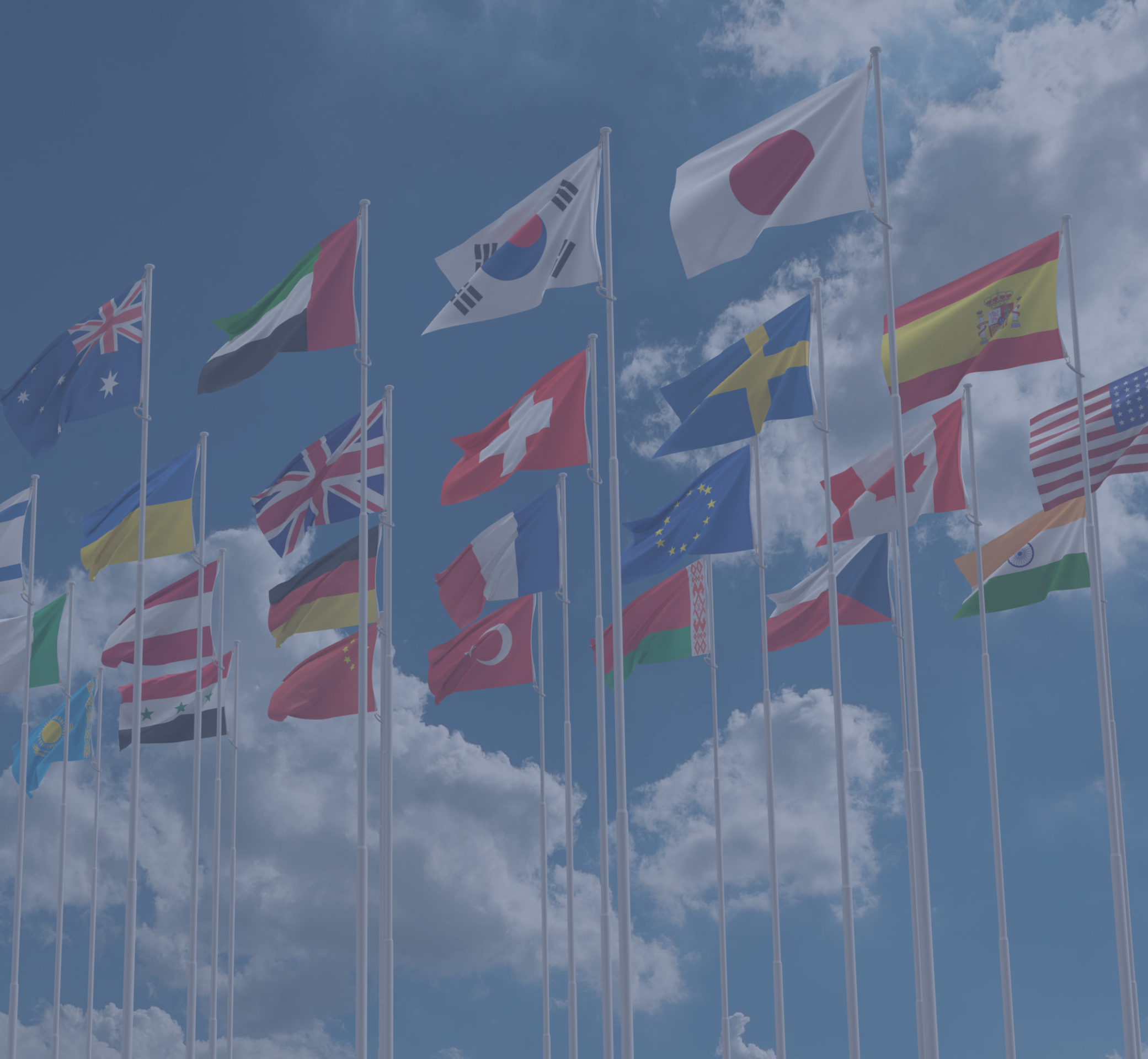Scritto da Joseph Magero
L’Organizzazione Mondiale della Sanità (OMS) ha raccomandato un insieme completo di interventi per smettere di fumare. Gli interventi includono supporto comportamentale fornito da operatori sanitari, interventi digitali per la cessazione del fumo e trattamenti farmacologici in una prima linea guida sulla cessazione del fumo.
L'OMS raccomanda la vareniclina, la terapia sostitutiva della nicotina (NRT), il bupropione e la citisina come trattamenti efficaci per la cessazione del fumo. Tuttavia, sebbene le linee guida segnino un momento cruciale per la salute pubblica, evidenziano anche le gravi difficoltà di accessibilità economica che i fumatori nell'Africa subsahariana devono affrontare.
La crisi dell'accessibilità economica in Africa
Nonostante i potenziali benefici di queste linee guida, la realtà per 77 milioni di fumatori adulti nell'Africa subsahariana è cupa. Il costo dei trattamenti raccomandati rimane proibitivo per la maggior parte della popolazione.
Secondo studi recenti, il prezzo medio di un ciclo completo di terapia sostitutiva della nicotina (NRT) o di farmaci su prescrizione può superare il reddito mensile di molte famiglie africane. Questa barriera finanziaria rende quasi impossibile per milioni di fumatori accedere a trattamenti efficaci per smettere di fumare.
La disparità nell'accesso ai trattamenti per smettere di fumare è un esempio lampante delle più ampie disuguaglianze sanitarie che persistono tra i paesi ad alto e basso reddito. In molti paesi africani, i sistemi sanitari sono già al limite delle loro capacità, con risorse limitate disponibili per la prevenzione.
L'elevato costo delle terapie per smettere di fumare aggrava ulteriormente queste difficoltà, lasciando molti fumatori senza alternative valide per smettere. Il Sudafrica è attualmente l'unico Paese africano ad avere linee guida specifiche per smettere di fumare.
L'omissione della riduzione del danno dalle proposte contenute nella tabella di marcia dell'OMS per affrontare la crisi del fumo è sconcertante. La maggior parte dei paesi africani dispone di risorse minime, se non nulle, destinate al controllo del tabacco. Tuttavia, la riduzione del danno da tabacco è un intervento a basso costo per i governi, poiché i produttori sostengono i costi di ricerca e sviluppo, mentre i consumatori sostengono i costi di acquisto. Inoltre, oltre ad aiutare i fumatori a smettere di fumare, i prodotti a base di nicotina più sicuri hanno il potenziale di prevenire l'inizio del fumo.






Una risposta